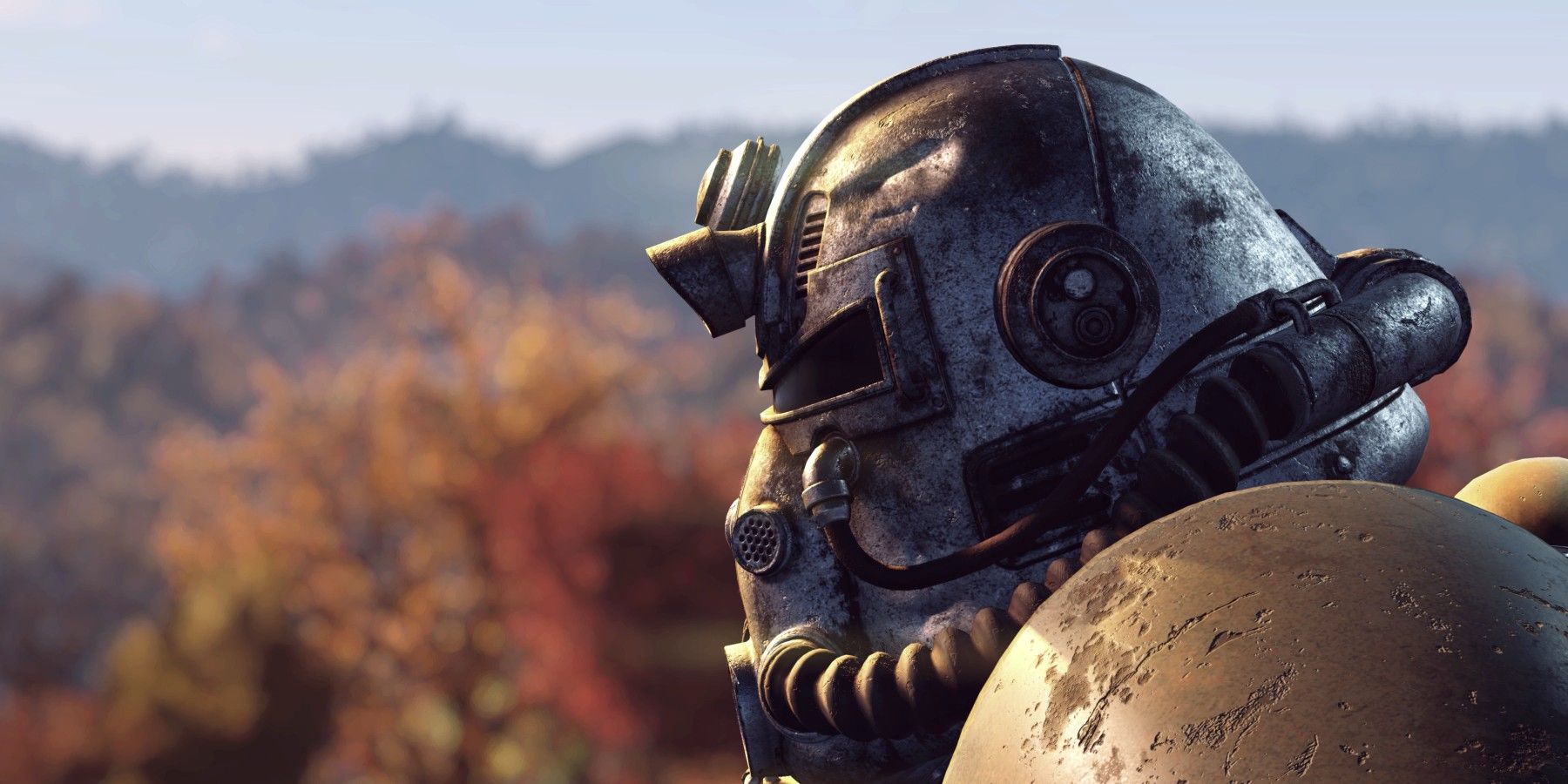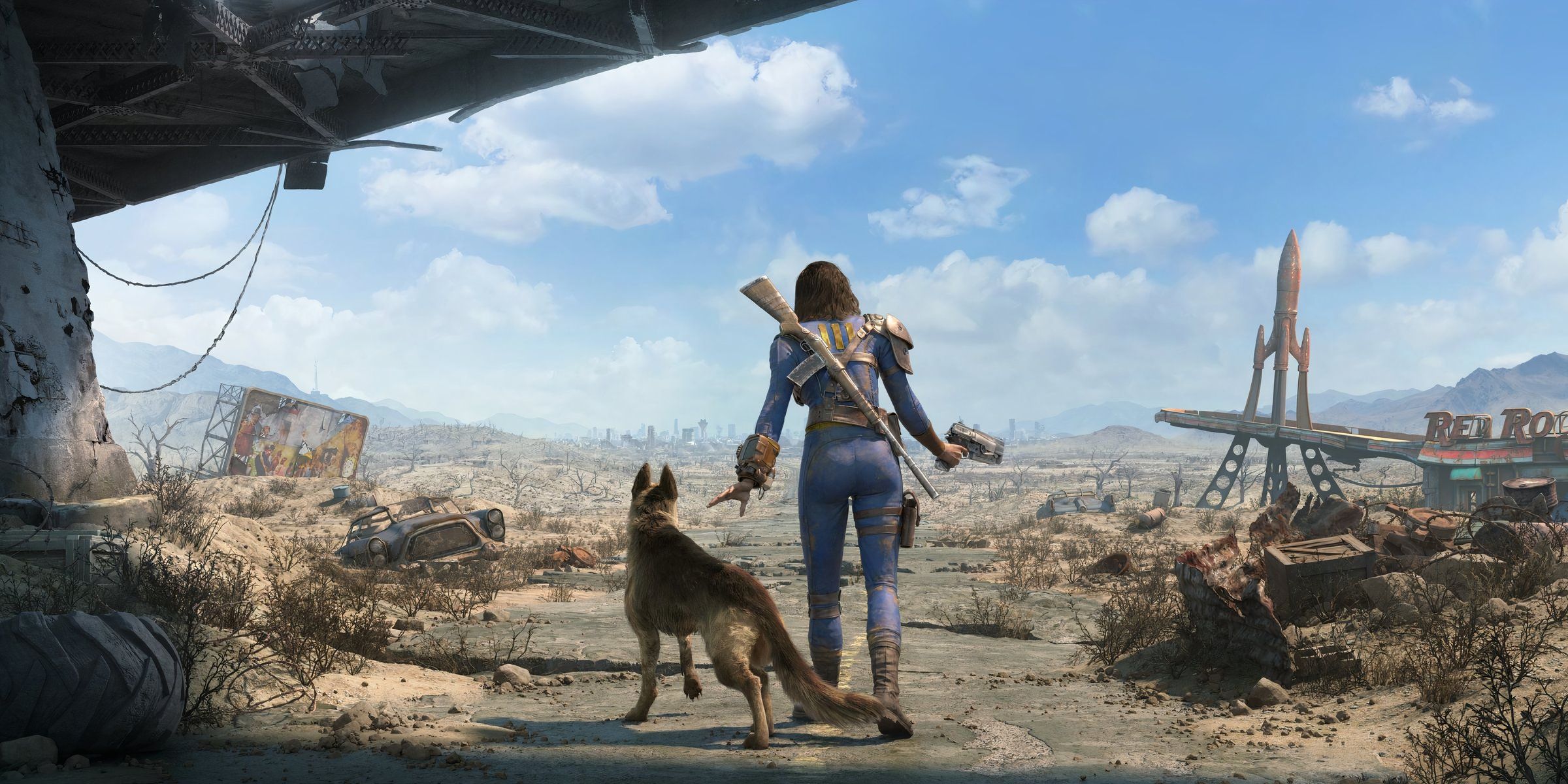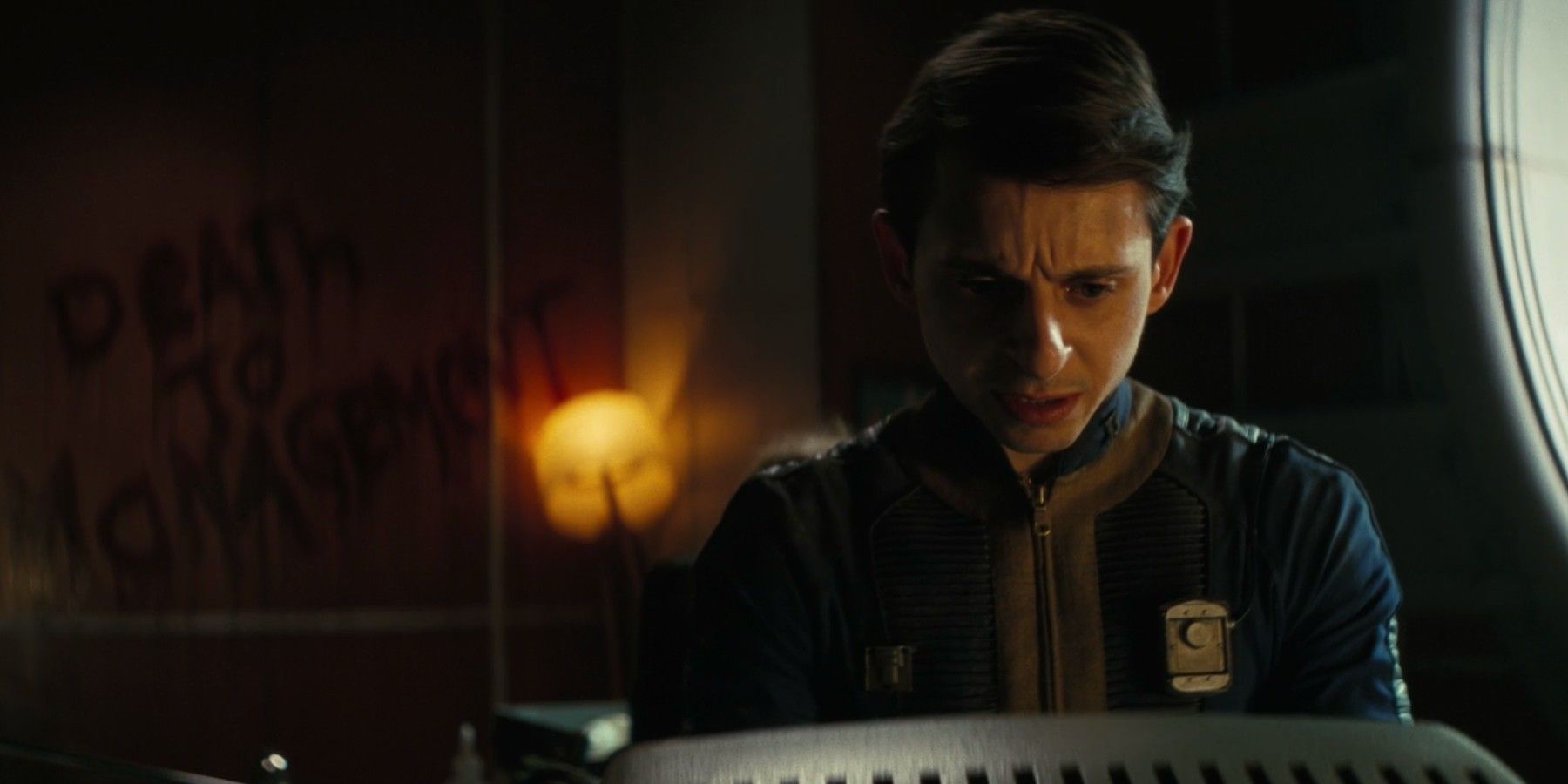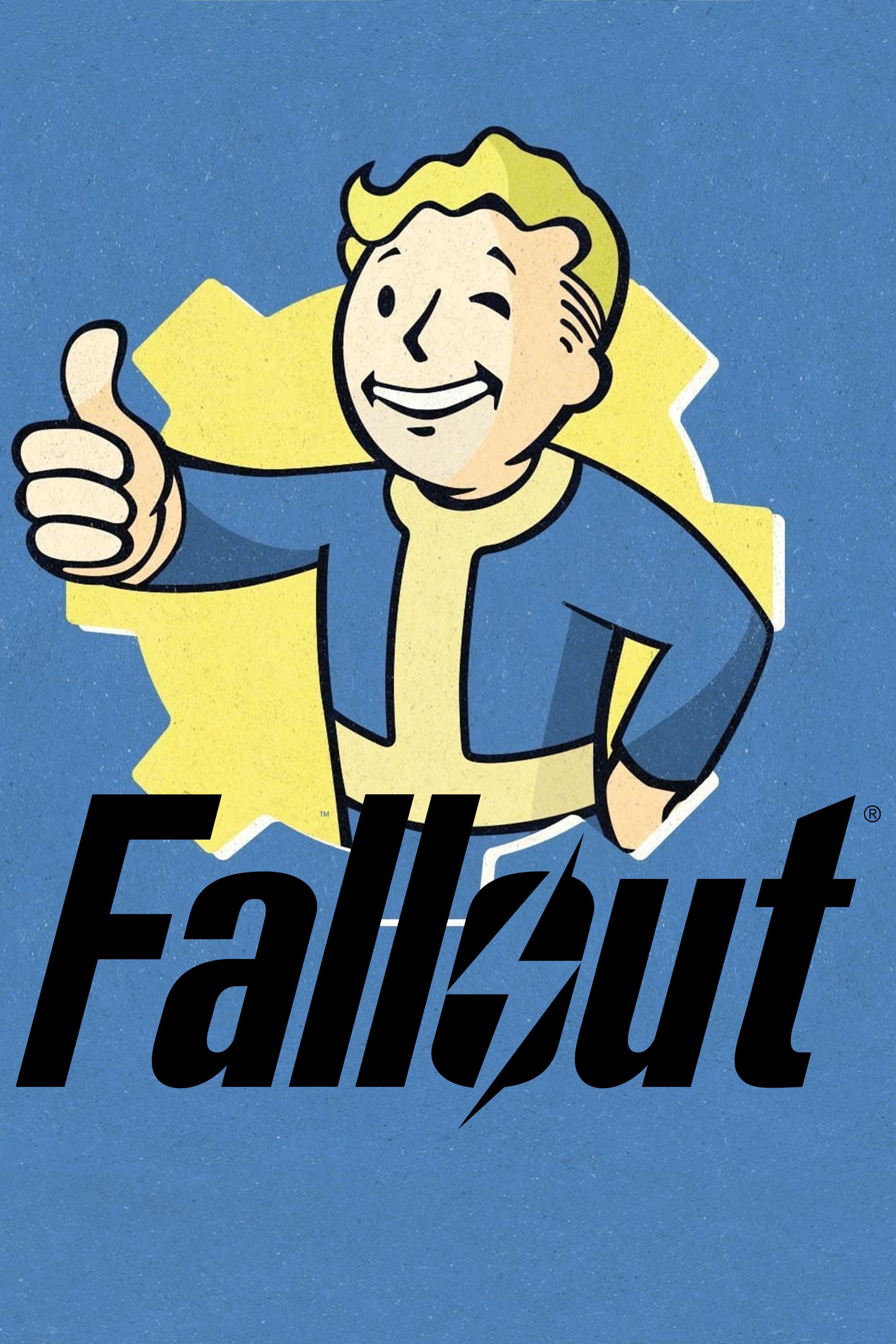Highlights
- Vault-Tec's experiments in Fallout's vaults showcase the depths of their depravity through environmental storytelling and interactive clues.
- In the Amazon series, Norm's exploration of interconnected vaults mirrors players' curiosity, piecing together mysteries and uncovering sinister plot twists.
- The Fallout show's eerie soundtrack by Ramin Djawadi adds another layer to environmental storytelling, enhancing the tension and discovery process. Everything comes together to resemble exploration in the Fallout games.
Amazon Prime's Fallout show has been released to great acclaim, and rightfully so. The eight-episode series pays clear homage to its source material, working from the rich world of the games to deliver on music, set pieces, characterization, and more. While the show follows Lucy MacLean as its primary protagonist, its ability to draw out from her perspective allows a number of characters to get the screentime they deserve. One such character, her brother Norm, manages to evoke the sense of discovery that comes with encountering vaults in the games, capturing their fantastic use of environmental storytelling.
The Fallout show's journey kicks off with Lucy leaving her home in Vault 33, drawing on her naivety and good-nature in juxtaposition to the wasteland. While it might have been easy to keep her as the sole survivor of Moldaver's raid against the Vault in episode one, the series instead takes a multi-perspective approach. As Lucy faces the horrors of above-ground living in search of her father, the people of Vault 33 must recover from their losses and regain balance without the leadership of Hank as overseer. Though most are eager to rebuild and renew, there are others, like Norm, who aren't as quick to move on.

Fallout Director Teases the Return of a Major Faction
Fallout developer and Bethesda head Todd Howard teases the eventual return of a popular faction in future projects.
How Fallout's Vaults Excel in Both the Games and the Show
The Impact of Vault-Tec
The beauty of Fallout's vaults is in how they draw on their environments to provide players with context clues on Vault-Tec's heinous experiments. Riddled corpses and terminal notes, scattered items and radiated enemies, all of these methods build upon the interactive storytelling that makes the series so narratively intriguing. Discovering the dilapidated remains of vaults through the games' wastelands helps players to better understand the lengths Vault-Tec will go in the name of their ambitions, a feat cleverly depicted in the show's portrayal of Cooper Howard's wife, Barb, as she pulls together the corporate leaders of the world to devise the experiments that will underscore their "safety."
The show builds upon this idea through the clever use of interconnected vaults 31, 32, and 33, providing an opportunity for Norm to delve into the mysteries surrounding their relationship with one another. Seeing the remains of Vault 32 clues him in that something isn't right, as Moldaver and her raiders couldn't have caused the destruction apparent from its decay. A long-abandoned wheat field, corpses strangling one another, and an overseer's skeleton wrapped in restraints show that Vault 32 has been dismantled from the inside, its own inhabitants turning on one another. 'Death to Management' is streaked in blood on the wall, a foreboding reference to the series' episode eight reveal.
How Norm's Curiosity Mirrors That of Fallout Players
Allowing the audience to discover this alongside Norm helps to invoke the same sense of discovery from the games, as he and Chet attempt to piece together Vault 32's downfall. Checking for the last biometric signs on a corpse's Pip-Boy, hacking into a terminal Fallout 4 style, and delving into old logs lends weight to Norm MacLean's storyline, making him a valuable player in the events of the show. His innate curiosity manages to separate him from the rest of his Vault, challenging Betty's authority to uncover something more sinister at play. Despite Lucy coming to the same conclusion at the end of the season, the reveal of Vault 31 is given more impact as a result of Norm's efforts, making its plot twist more tangible.
Beyond Vault 32's dimly lit corridors and the remnants of the lives that once dwelled in it, composer Ramin Djawadi's work on the Fallout show's soundtrack helps to add another layer to its environmental storytelling. The eerie nature of the show's score hones in on just how frightening it would be for someone like Norm to make these discoveries, upending everything he once knew about his life while having him act as a mostly lone figure. Despite him hiding during Moldaver's raid, the ways in which he continues to explore demonstrates a tenacity that mirrors both Lucy and the players of the Fallout games, moving past danger in the pursuit of truth.




